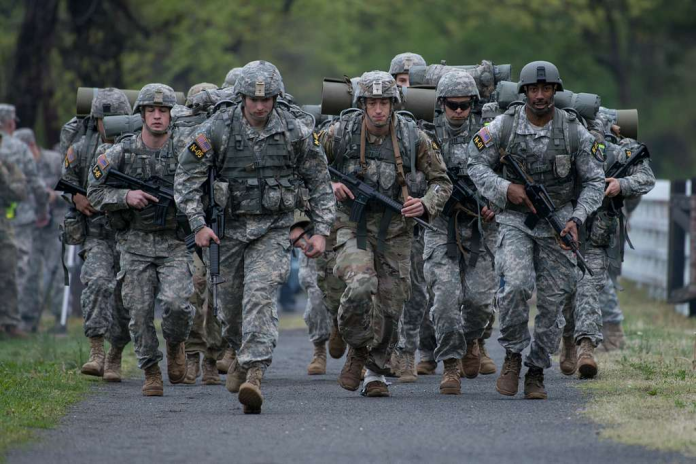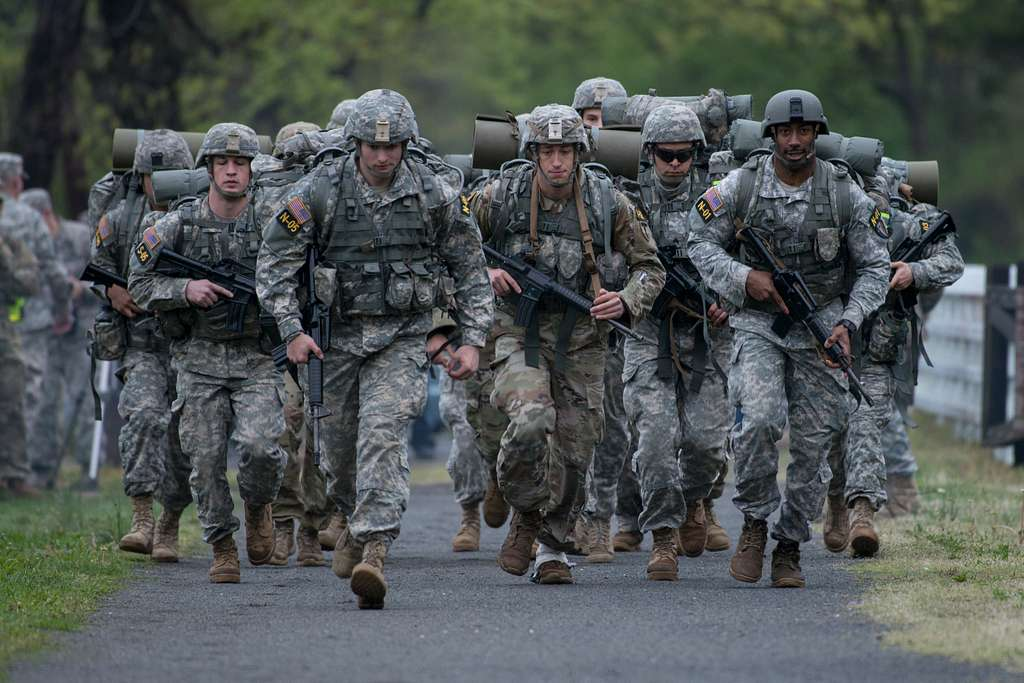
“The U.S. Army across the board knows that the 5.56 bullet can’t penetrate Russian body armor.” This stark conclusion by Lt. Gen. Mick Bednarek, quoted in a 2024 Senate Armed Services Committee hearing, summarizes the urgency for a revolutionary change in American military small arms. The 5.56mm NATO cartridge and its related rifles have served as the pillar of NATO interoperability and U.S. infantry firepower for more than four decades. But as enemies evolve and body armor is commonplace, the Army’s needs are changing at an unprecedented rate.
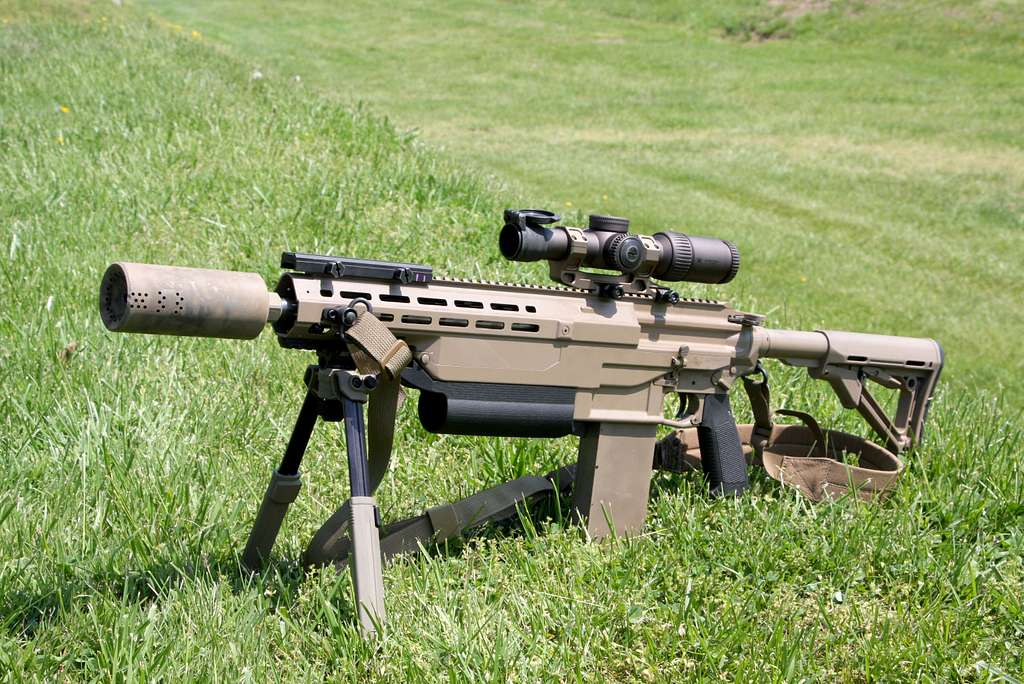
A new generation of weapons and ammunition is now remaking not just the U.S. Army’s arsenal, but the face of global defense itself. From the 6.8mm hybrid round to nimble tests of operations, they hold far-reaching implications for defense experts, military investors, and anyone following the evolution of battlefield tech. The following seven developments constitute the Army’s new small arms era.

1. The End of the 5.56mm Era: Why Change Was Inevitable
The 5.56mm NATO cartridge was the foundation of U.S. and allied infantry firearms for decades, valued for its light weight and minimal recoil. Yet, as the enemy began to deploy improved body armor, doubts arose as to its efficacy. As Lt. Gen. Bednarek explained to the Senate, “Our ability to engage and kill this threat at medium or long range is all but lost, so we need small arms systems that can stop and can penetrate enhanced enemy protection.” The Army’s own studies verified that the 5.56mm was unable to effectively engage modern armor at the engagement ranges normally encountered.
This epiphany brought about a basic reevaluation of small arms needs. No longer would the emphasis be on merely connecting with targets, but rather on guaranteeing lethality against hardened enemies, something the legacy cartridge could not accomplish. The outcome: a shift towards a new, higher-velocity cartridge that would revitalize overmatch on the battlefield.
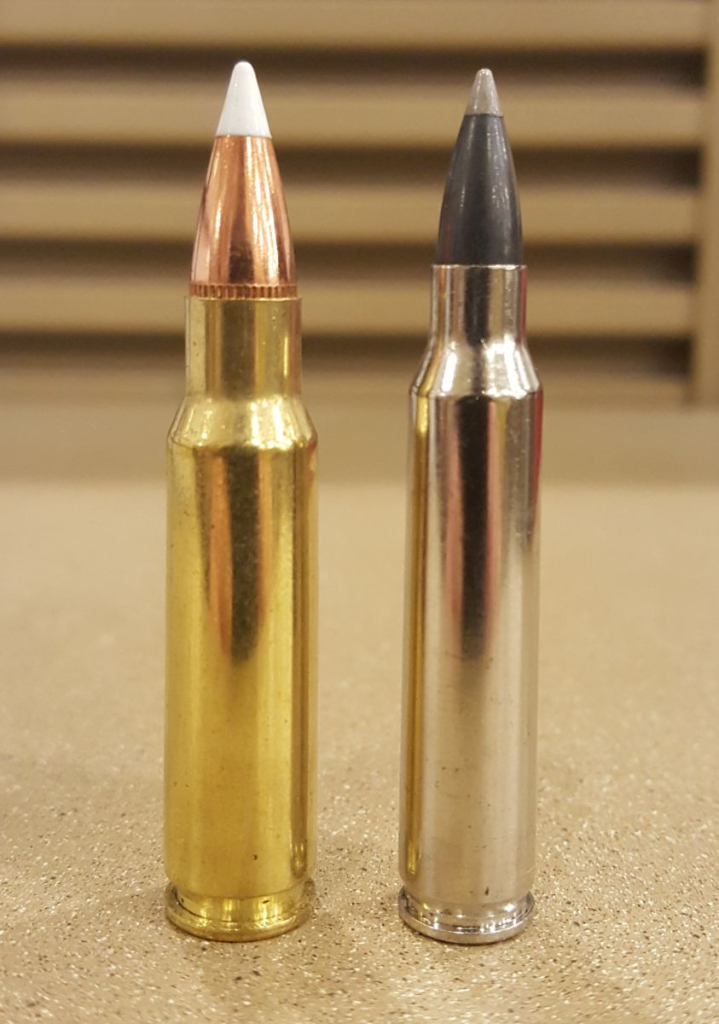
2. Bring in the 6.8mm Hybrid Cartridge: A Technical Leap
The core of the Army’s Next Generation Squad Weapon (NGSW) program is the hybrid 6.8mm cartridge, created in collaboration with SIG Sauer. While most brass cases are just brass, this hybrid is a composite of brass and steel, enabling increased pressures and muzzle velocity. The outcome is a round that provides 20–25% more pressure in the barrel and much deeper penetration at range.
As described in a recent technical study, the SIG Sauer 6.8mm version, commercially marketed as the .277 Fury, can fire a 140-grain projectile at more than 900 meters per second and deliver more than double the energy of the 5.56mm round. This increase in performance allows U.S. troops to engage efficiently at greater ranges and against advanced armor, the very root deficiency of earlier rounds.
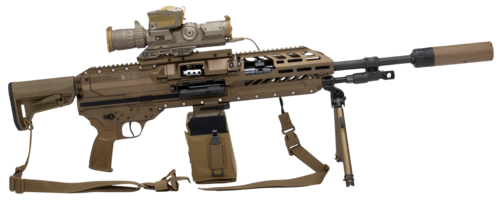
3. The NGSW Platforms: XM7 Rifle and XM250 LMG
With new ammunition comes new hardware. The NGSW program centers around the XM7 rifle and XM250 light machine gun. Both were designed to get the most out of the 6.8mm round, with modularity, built-in suppressors, and better ergonomics. The XM7, using the SIG MCX Spear platform, tips the scales at 8.4 pounds unloaded and can be set up for any given mission profile. The XM250, at 13 pounds, is significantly lighter than the M249 SAW it will eventually replace.
These weapons are not only more lethal they are also more versatile. As 1st Brigade, 101st Airborne Division Col. Trevor Voelkel noted during fielding, “Seeing the effects we had on the targets makes up for any concerns I had initially about the increased weight.” The new platforms are designed to offer more lethality, range, and user configurability to today’s battlefield.
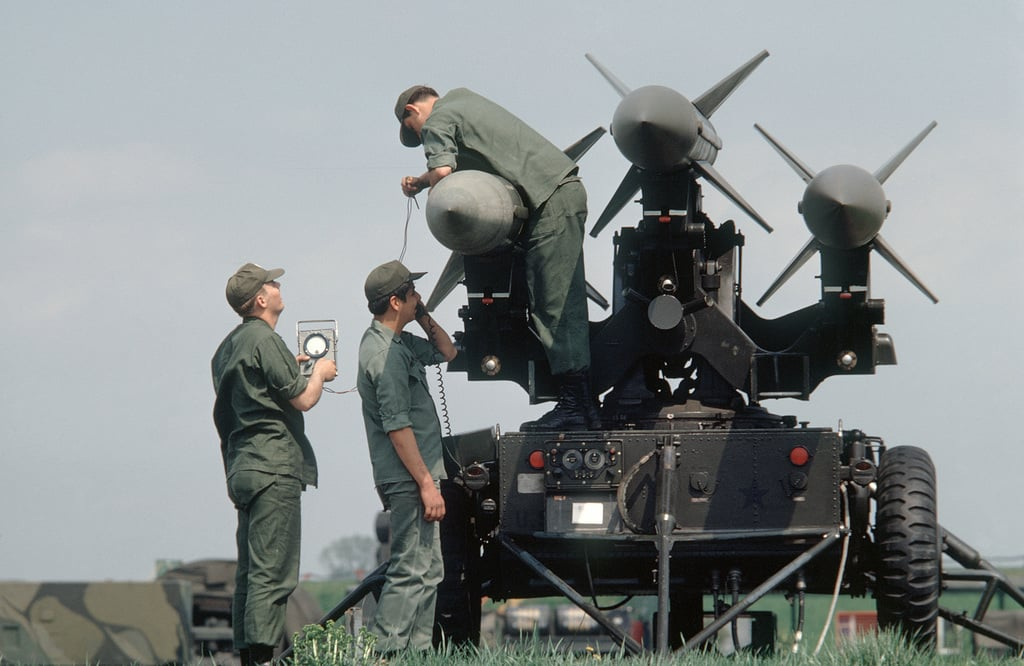
4. Operational Testing: Agility Over Tradition
The Army’s method of testing such new systems is as cutting-edge as the weapons themselves. At Fort Polk, the 101st Airborne Division took part in an expeditionary operational assessment (EOA) that emphasized quick, data-based feedback rather than traditional, slow evaluations. This speedy process brings in direct soldier feedback and actual combat scenarios, speeding up the development of capabilities.
“Feedback from soldiers fuels iterative change at the pace of relevance, so design changes keep pace with true needs in the field,” explained Maj. Matt Brooks of the U.S. Army Evaluation Center. That change allows the Army to rapidly adjust to new threats and technology, an essential capability in today’s rapidly shifting security landscape.
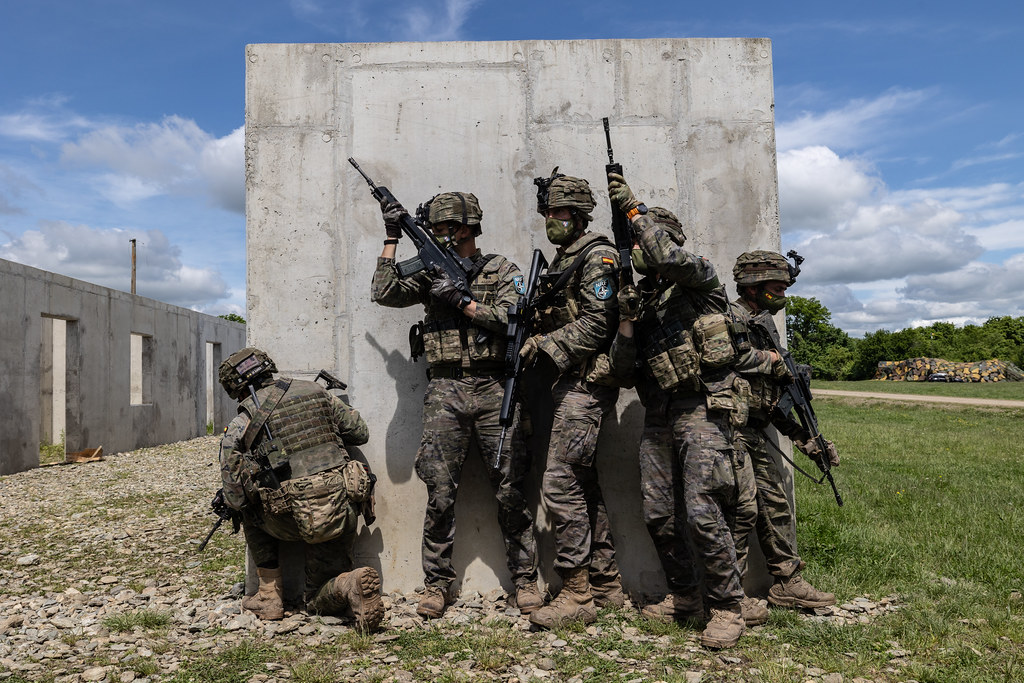
5. The NATO Interoperability Challenge
The U.S. Army’s adoption of the 6.8mm cartridge disrupts a long-standing foundation of NATO interoperability. Since 1980, the 5.56mm ‘SS109’ round unified allied forces, simplifying logistics and joint operations. Now, with the U.S. moving ahead, other NATO members face a dilemma: stick with the familiar or adapt to the new standard.
As a 2024 analysis pointed out, “Changing NATO standard ammunition natures is at the very heart of interoperability and so there is a very large elephant-sized challenge in NATO regarding both ratifying a new ammunition standard, and then individual nations adopting it.” The Army’s choice compels allies to rethink their own small arms strategies in response to emerging threats and American ingenuity.
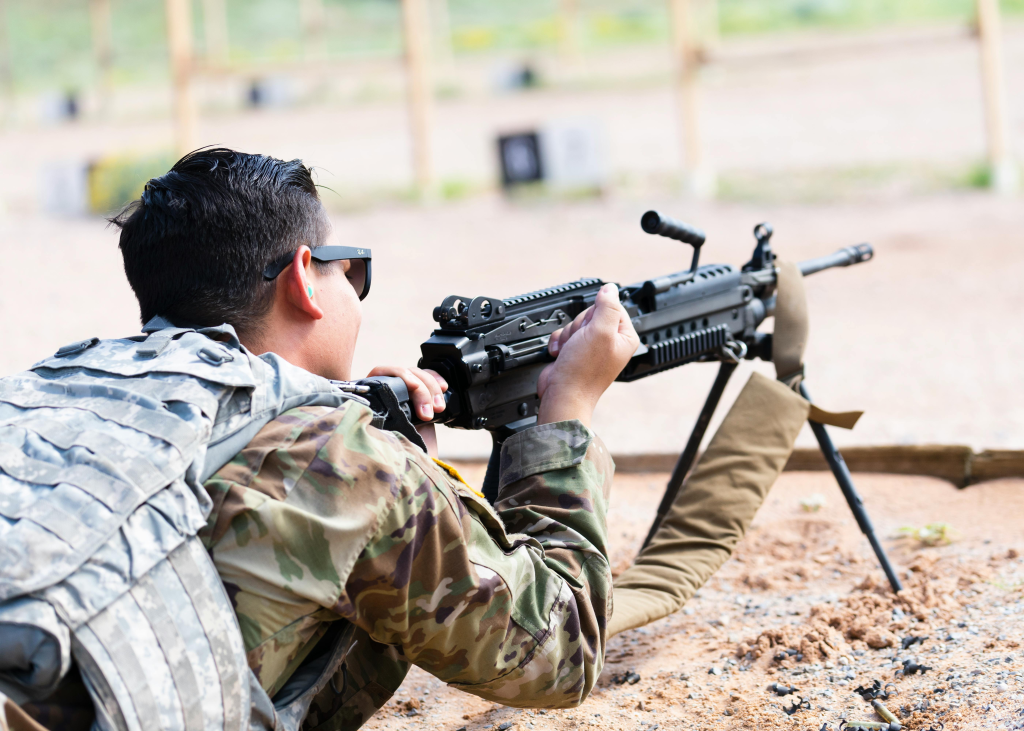
6. Beyond Caliber: The System-of-Systems Approach
Though a great deal of debate centers on bullet size, professionals warn that caliber is only part of it. The NGSW program is founded on a comprehensive system-of-systems analysis taking into account everything from the design of the projectile and velocity to fire control and training for soldiers. As a PEO Soldier representative explained, “Any change in ammunition would necessitate changes in other areas as well, including weapon design and soldier training.”
This integrated strategy provides for the fact that progress in one dimension penetration or range is accompanied by progress in the other areas of accuracy, user interface, and combatintegration. A goal is not only an improved bullet, but a more effective and responsive fighting force.
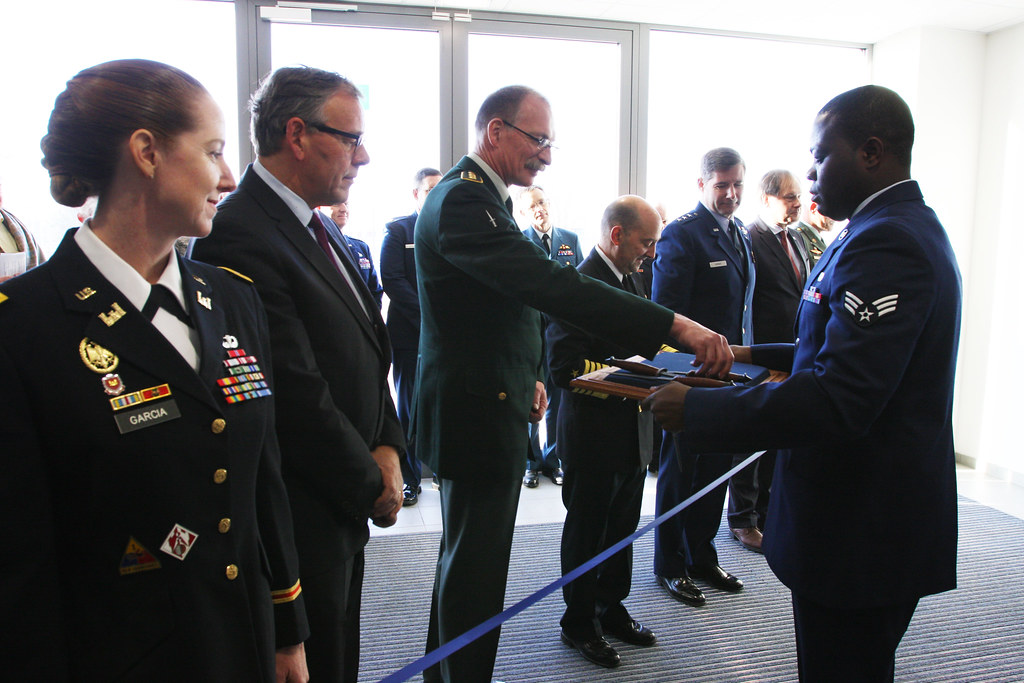
7. Market Implications: Opportunities and Uncertainties
For investors and defense contractors, the Army’s switch to next-gen small arms is a chance and a question. SIG Sauer, General Dynamics, and FN Manufacturing are among the firms ready to cash in on new contracts and tech spin-offs. The shift, though, brings uncertainty for NATO suppliers and allies, as the alliance grapples with whether and how to emulate the U.S. shift.
As the Army’s testing and acquisition processes become increasingly nimble, industry stakeholders need to be prepared to innovate quickly. The procurement future for small arms will probably reward those capable of providing not only better products, but also quick innovation and system-level integration.

The U.S. Army’s transition to the 6.8mm hybrid cartridge and NGSW family marks more than a new rifle it is a revolution in how military small arms are designed, tested, and deployed. For defense professionals and investors, these developments merit close scrutiny. The next chapter in battlefield lethality is being written today, and its influence will resonate through alliances, industries, and the very fabric of warfare today.
